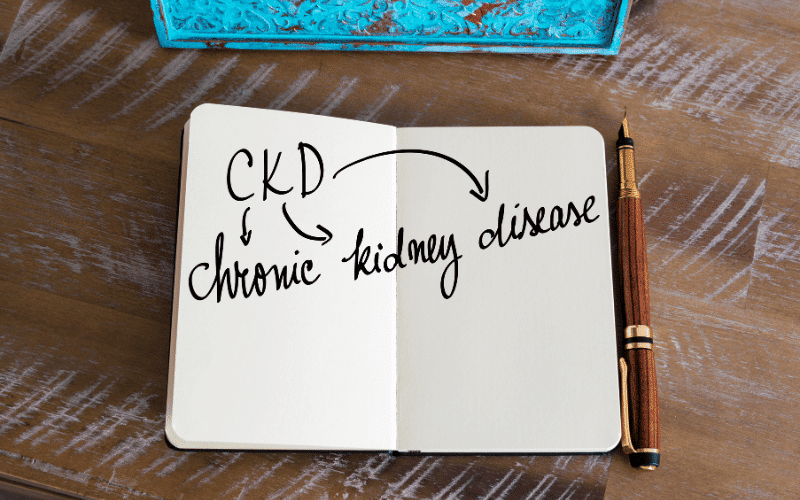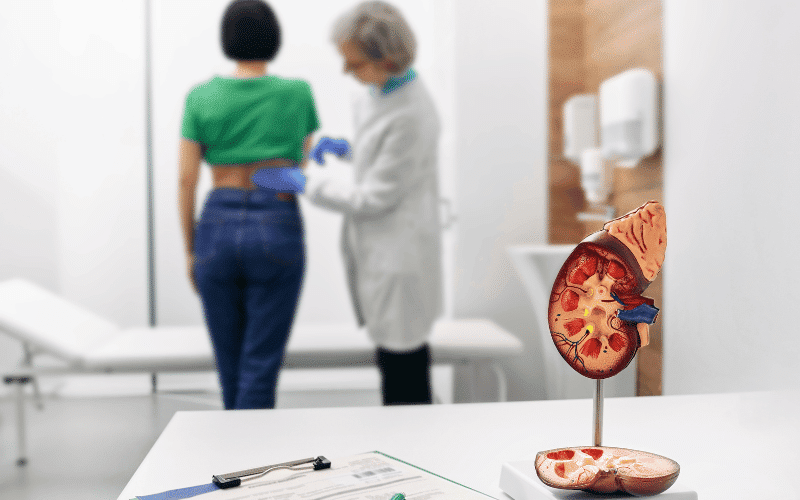Introduction: A Closer Look at Chronic Kidney Disease

Chronic kidney disease (CKD) is a serious health issue that affects millions of people globally. CKD is characterized by the progressive loss of kidney function over time, leading to various complications, including anemia, high blood pressure, and cardiovascular disease. The condition can also progress to end-stage renal disease (ESRD), which may require dialysis or a kidney transplant.
Understanding the different stages of CKD is crucial for early detection, proper management, and treatment. In this article, we’ll explore the 5 stages of chronic kidney disease in detail, discussing symptoms, risk factors, and strategies for maintaining optimal kidney health.
The National Kidney Foundation (NKF) has established a classification system for CKD based on the glomerular filtration rate (GFR), which measures how well your kidneys are filtering waste and excess fluid from your blood. This classification helps healthcare professionals to assess the severity of kidney damage and determine the most appropriate course of treatment.
In addition to the stages, it’s essential to consider the risk factors for developing CKD. Some common risk factors include diabetes, high blood pressure, family history of kidney disease, and aging. By understanding these risks, you can take steps to prevent or slow the progression of CKD.
Moreover, managing CKD requires a multidisciplinary approach involving healthcare professionals, pharmacists, dietitians, and patients themselves. Lifestyle changes, medications, and regular monitoring are crucial for maintaining kidney health and preventing further decline in kidney function.
Stage 1: Subtle Signs of Early Kidney Damage with Normal Function

At stage 1 CKD, there is minimal kidney damage, but the kidneys continue to function normally. This stage can be challenging to detect without proper testing, as symptoms may be subtle or nonexistent. Early detection is crucial for implementing lifestyle changes and medical interventions to slow the progression of CKD.
During this stage, patients may not experience any noticeable symptoms. However, certain risk factors can increase the likelihood of kidney damage. These include high blood pressure, diabetes, a family history of kidney disease, and being over 60 years of age. Managing these risk factors is essential to prevent further damage and maintain optimal kidney function.
Regular checkups and screenings can help detect early kidney damage. Blood tests to measure creatinine levels and urine tests to check for proteinuria are essential diagnostic tools. If any abnormalities are detected, your healthcare provider may recommend further testing and monitoring.
At this stage, lifestyle modifications can make a significant difference in slowing CKD progression. Maintaining a healthy diet, exercising regularly, and managing blood pressure and blood sugar levels can help protect your kidneys. Additionally, quitting smoking and reducing alcohol intake are other steps that can improve overall kidney health.
While stage 1 CKD may not cause significant health problems, it is a critical period for intervention. Timely detection and management can significantly impact the course of the disease and reduce the risk of complications. (1)